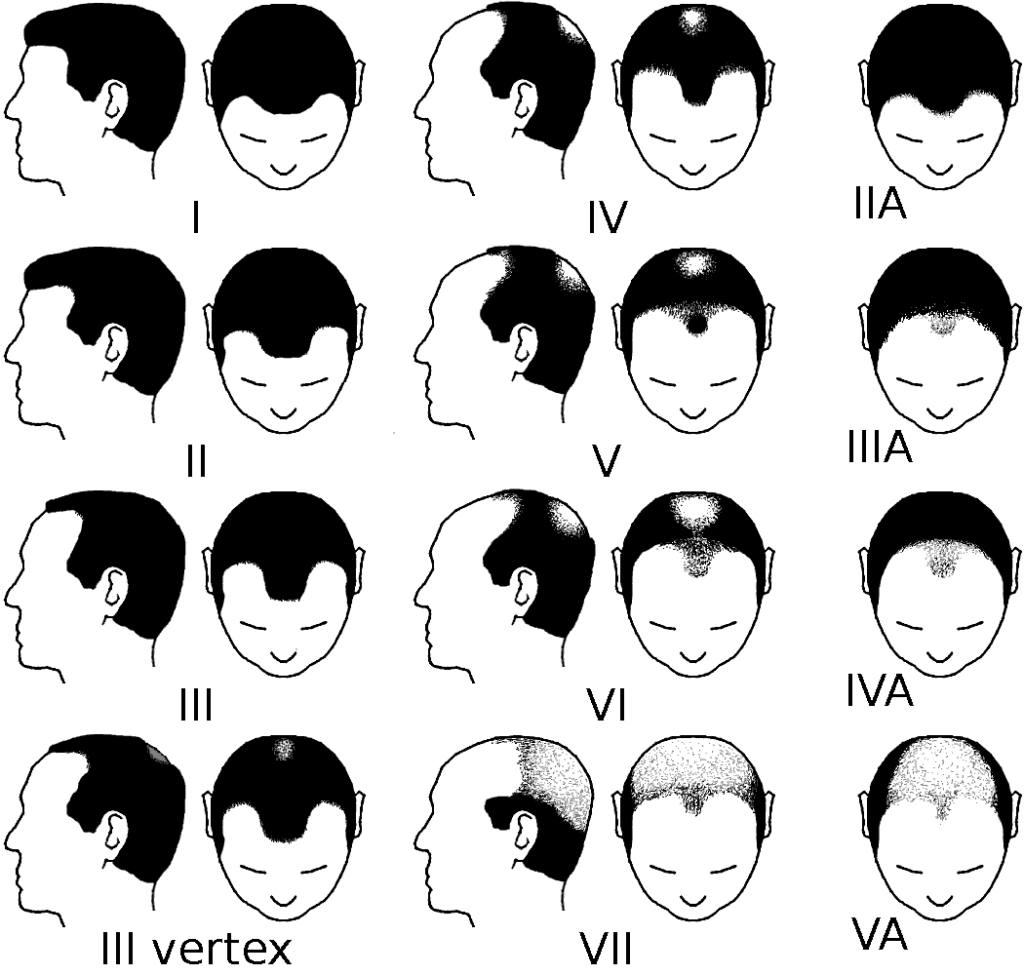A Comprehensive Approach
A Comprehensive Approach
We take a detailed medical history and perform a comprehensive scalp examination using advanced diagnostic tools. This allows you to identify the underlying cause of hair loss, which can be different for each patient, and develop a customised treatment plan.
Advanced Methodology
Imaging tools:
Computerised photos and dermoscopy are valuable tools for assessing the scalp and hair follicles in detail. They can help identify early signs of hair thinning and provide helpful information for planning treatment.
Microscopic exam:
This involves examining hair and scalp samples under a microscope to look for signs of hair damage or inflammation and assess hair follicle density and thickness, allowing us to locate single hairs and soft single hairs safely and accurately.
Hair mass measurement:
Measuring the amount of hair in a specific area can provide information on the extent of hair loss and the effectiveness of treatment.
Hair density refers to the number of hair follicles per square centimetre of the scalp. Measuring hair density can help assess the severity of hair loss and determine the appropriate treatment.
Norwood classification:
This scale is used to classify male pattern baldness based on the extent and pattern of hair loss. It can help determine the best course of treatment based on the patient’s needs.
Ludwig classification:
This scale is used to classify female pattern hair loss based on the extent and pattern of hair loss. Like the Norwood classification, it can help guide treatment decisions.
Scalp dermoscopy
involves examining the scalp using a specialised instrument to look for signs of inflammation, scarring, or other issues contributing to hair loss.
Hair cycle synchronisation:
The hair growth cycle is a complex process that can be affected by various factors. Assessing the hair growth cycle can provide insights into the cause of hair loss and guide treatment decisions.
Hair Density.
This test involves trimming a small area of the scalp to 1mm, photographing and enlarging it, and then counting the number of hairs present per sq cm of the scalp. Interestingly, the average scalp, in the absence of balding, has approximately 200 full-sized hairs per sq cm, arranged in 80-90 groupings of one, two, and three hairs, with an occasional group of four inches. This information can help diagnose conditions related to hair loss or thinning.
Norwood Classification
When men begin to bald, the process often follows a recognisable pattern, with the hairline receding and thinning on the crown of the head. This type of balding is often referred to as male pattern baldness or androgenetic alopecia.
The Norwood classification is a widely used system for categorising the different stages of male pattern baldness. It was developed by Dr O’Tar Norwood in the 1950s and has been used by doctors and researchers to study the progression of balding and evaluate the effectiveness of different treatments.
The Norwood classification divides male pattern baldness into seven stages, with Stage 1 representing a typical head of hair and Stage 7 representing the most advanced stage of balding. The location and extent of hair loss on the scalp characterise the different stages. By comparing a person’s hair loss to the pictures in the Norwood classification, doctors can determine what stage of balding the person is experiencing and develop an appropriate treatment plan.

Ludwig Classification
When women develop pattern hair loss, it often occurs on the top of the head, but with some differences from men.
Unlike men, women with pattern hair loss typically do not experience a hairline recession, meaning the hairline remains relatively intact. Instead, hair loss in women with pattern hair loss tends to be more diffuse and is concentrated on the crown of the head.
The Ludwig classification is a widely used system for categorising female pattern hair loss stages. It was developed in the 1970s by Dr Elise Ludwig and has been used by doctors and researchers to study the progression of hair loss in women and evaluate the effectiveness of different treatments.
The Ludwig classification divides female pattern hair loss into three stages. In Stage I, there is a noticeable reduction in hair volume over the crown of the head. Stage II has more pronounced hair thinning in the same area. In Stage III, there is a diffuse thinning of hair throughout the entire top of the scalp, but with a rim of hair remaining along the frontal
Hairline. It is important to note that women with pattern hair loss rarely develop complete hair loss.

Hair Cycle Synchronization
At any given time, 90% of the hairs are in their growing phase (anagen), and 10% are in their resting phase. The hairs grow for about 3 to 4 years, the shedding phase lasts 3-4 months, and they then fall out and restart the cycle again. Hair loss of about 50 to 100 hairs per day is average.
Shedding or effluvium is a condition where more hairs than usual enter the shedding phase, resulting in significant hair loss. The average hair growth cycle includes a resting stage (telogen), during which the hair follicle is dormant, and hair is not growing. Shedding usually occurs when a large number of hair follicles enter the resting phase simultaneously.
Need help ?
If you require any additional information regarding your hair transplant procedure please leave us your details below and a friendly fully trained telephone representative will give you a call back as soon as possible. All calls are completely confidential.





